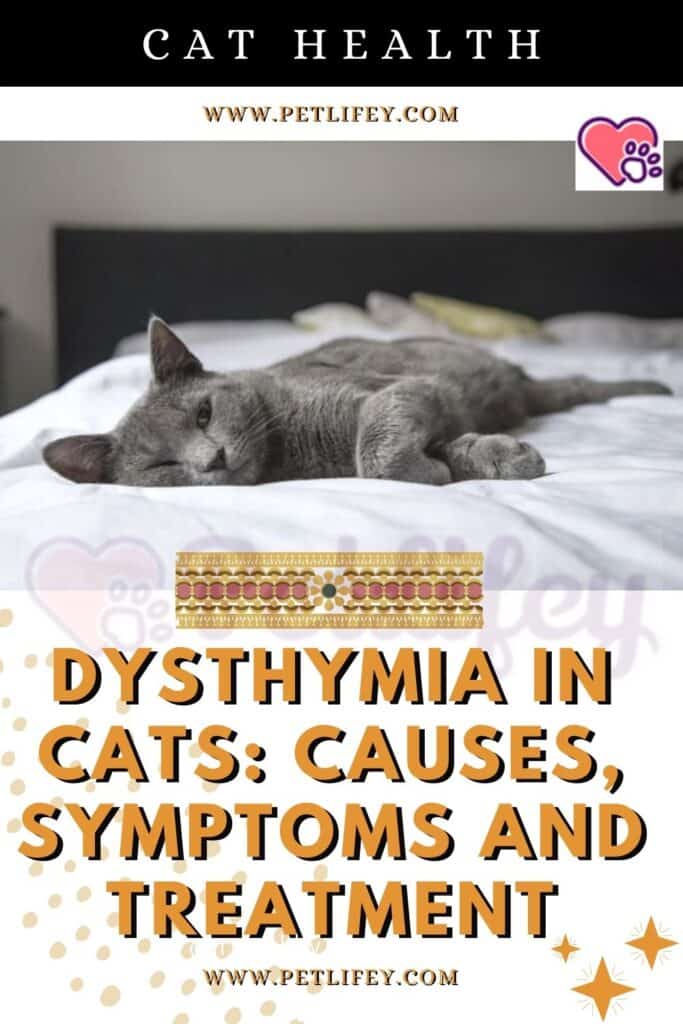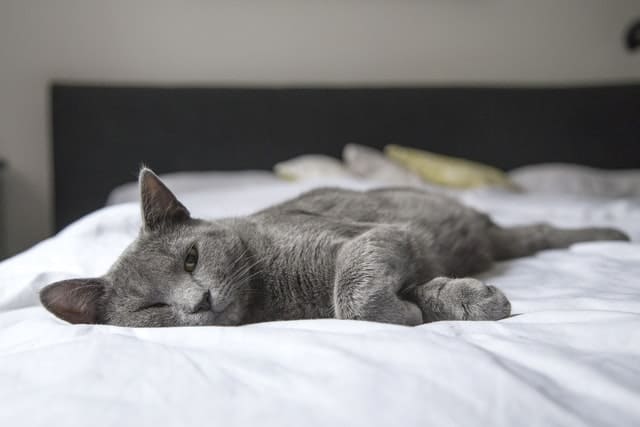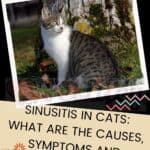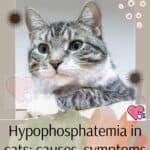
Dysthymia in cats, a behavioral disorder in animals. Let’s try to understand what are the triggering causes of this disease, its symptoms and possible treatment.
Our charming furry pet often takes on curious or bizarre attitudes, they are part of his wild and mysterious nature. The cat, however, can be subject to behaviors that negatively affect his personality and that ruin his quality of life. Today, in fact, let’s try to understand what dysthymia is in cats and what are its main symptoms, together with some useful advice.
Dysthymia in cats: causes and symptoms of the disease
Dysthymia in cats is a behavioral disease that greatly affects their daily life and mood. This disorder occurs for various causes and develops with various symptoms. Let’s read more in the article.
Thinking of being able to protect our domestic feline from all kinds of discomfort and ailments is impossible, but this makes us realize how important it is to take care of it from all points of view : nutrition, health and controls, psyche, physical activity, games.
The feline is often affected by ailments not only physical but also of a psychological nature, diseases that arise almost suddenly and that present themselves through its strange and unmotivated gestures, towards its master, people in general and also towards the his fellow men.
The most worrying behaviors of this animal are based on aggression. It will have happened to everyone, at least once, to notice that the cat bites and scratches for no reason ; or, see the cat chasing its tail. Stereotypes occur in the cat which, if they continue over time, must be investigated and treated with the help of a specialist.
But what is feline dysthymia? Dysthymia is a very serious behavioral disease that can affect the animal and completely transform its mood. The cat suffering from this disorder, in fact, sees his mood change from normal / serene to an emotional state of general arousal and depression .
A cat with dysthymia can exhibit violent acts and aggressive attitudes . Furthermore, the cat is hyperactive and can reduce the hours of sleep. The furry person goes through a severe phase of fluctuating mood in a short time in which the various impulses alternate. These abrupt emotional changes may be associated with the cat’s thymoma or reproductive cycle.
All the symptoms of dysthymia in the cat
The symptoms in the case of feline dysthymia are varied. The pathology can manifest itself with:
- Aggression and violent acts;
- Compulsive disorders in cats ;
- Sudden excitement;
- Stereotypies in cats ;
- Inappropriate behavior;
- Sleep disturbance;
- Eating disorders in cats.
Based on the phase in which the hairy person is, unipolar dysthymia can be distinguished from bipolar dysthymia. It all depends on your level of arousal or depression. A severe form of this condition can also involve self-mutilation in the cat, which usually affects its tail.
The feline and dysthymia: possible treatment and useful advice

Once the presence of dysthymia in the animal has been ascertained, how is it possible to intervene to help it heal? Here are some useful tips for doing the right thing.
The behavioral disease we are talking about is quite rare in cats. But if there is the risk of self-mutilation of the tail or other parts of the body and the aggression of the cat becomes uncontrollable and more and more sudden, one cannot but intervene.In this dangerous situation, one must be very attentive to one’s own safety and that of your pet.
It is important to be aware of the need for the intervention of the veterinarian who is also a behaviorist, to examine him and evaluate the most suitable treatment for his case. In case of dysthymia in the cat, we opt for pharmacological therapies and a cognitive re-education to gradually calm the feline and bring it back to normal.






